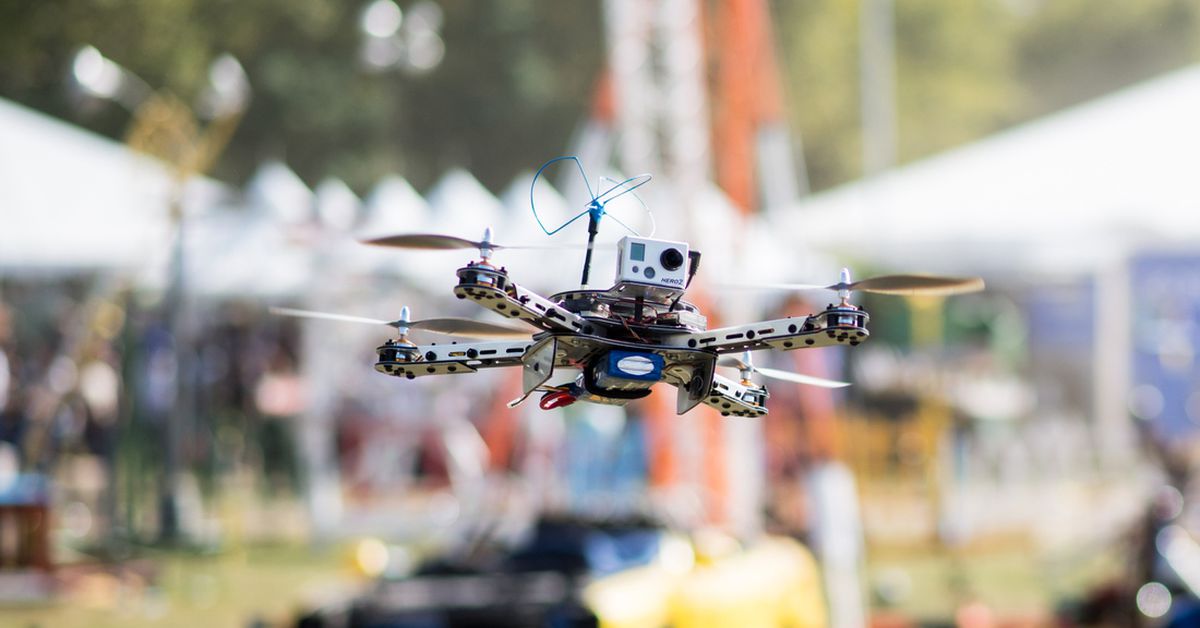Boeing's "Loyal Wingmam" Rolled Out
In what is a massive milestone for Boeing and potentially for unmanned aerial combat systems as a whole, the company officially rolled out the first of three pre-production unmanned teaming aircraft, which is the central component of a total system called the Airpower Teaming System, or ATS for short.
The War Zone was part of a small roundtable of journalists that talked with two of the minds behind ATS ahead of the official unveiling and we learned a lot about this potentially game-changing system, to say the least.
The three aircraft that Boeing Australia is building are not prototypes as we commonly understand such a thing in the aviation world. Instead of being hand-built one-offs that will be similar to their production cousins, the trio was built using automated production techniques on a line that is itself a proof of concept for what a full-rate production line would look and operate like.
In general, these three aircraft will provide a demonstration of operational capabilities and work as a proof of concept for the entire system, which is much more than just an airframe. It includes user command interfaces, modular sensor packages, maintenance regimes, data-links, and of course, software.
Flight testing of the Boeing ATS is slated to move well beyond basic testing with the trio of airframes being built for the endeavor. Once again, we are talking about aircraft that are intended to perform beyond what a traditional prototype would, including acting as a demonstrator for missionized systems and various experimental tactics so that their impact on the realm of air combat can be proven. If successful, these concepts would find their way into the production system and the operational doctrine that goes with it. In other words, these aircraft will be about showing off what they can bring to the fight as much as testing their basic airworthiness and kinematic performance.
The stealthy Airpower Teaming System drone has a snap-on nose that can accommodate a huge variety of payloads and can be swapped quickly in the field.

www.thedrive.com


